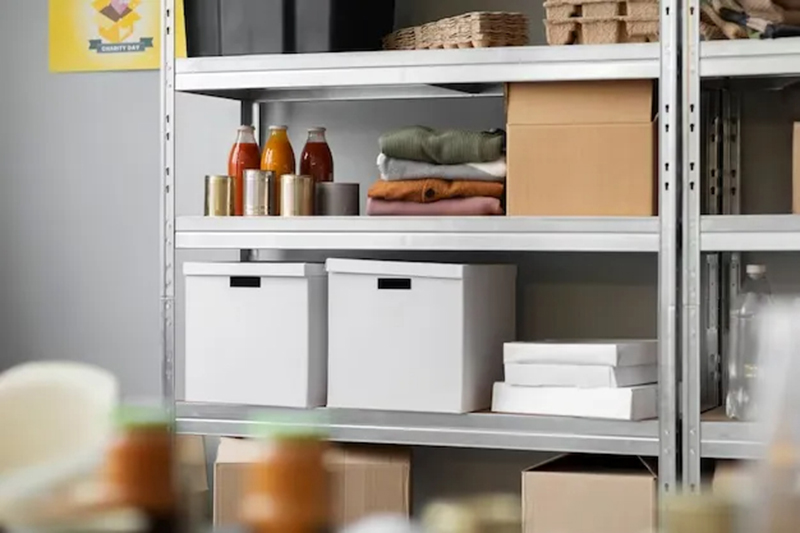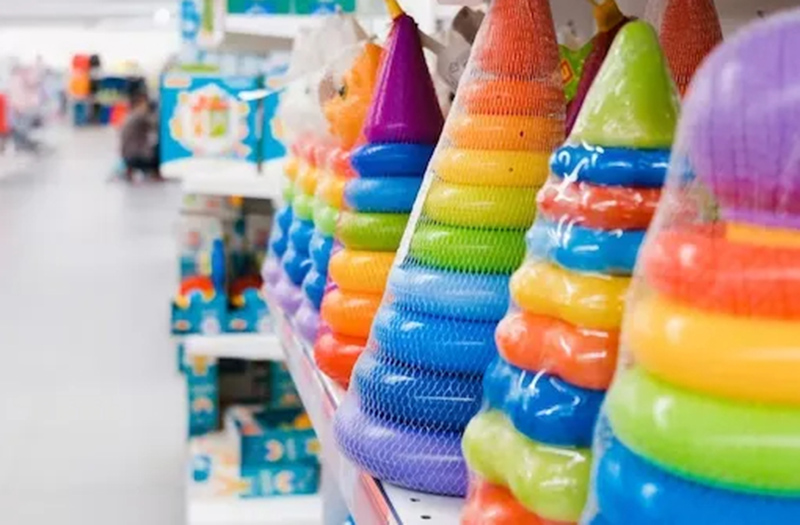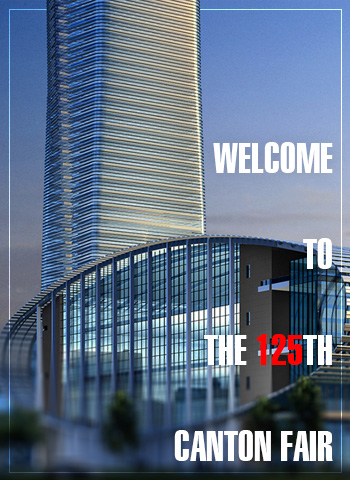Chinese Porcelain
2017-06-12 11:11:37

Chinese ceramic products are classified as northern or southern, because the materials used to make ceramic products are largely different, especially in the past. That is because China is once the two large land, only drifting in the mainland when the Yellow River and the Yangtze River separated the masses. In the north, ceramics are made of clay, the south is ceramic, mainly porcelain stone. The use of coal fuel kilns in the north is suitable for slow, high temperature burning of clay-rich appliances. In the south, they use wood-burning furnaces to produce faster, lower-temperature burning for stone-rich items.
One of the first times porcelain was mentioned by a foreign traveller was in the eighth or ninth century, during the Tang Dynasty, when an Arabian man recorded that ‘They have in China a very fine clay with which they make vases which are as transparent as glass; water is seen through them. The vases are made of clay.”
During the Sui and Tang periods (581 to 906), a wide range of low-fired and high-fired ceramics were produced including the famous Tang lead-glazed sancai (three-colour) wares and the high-firing lime-glazed Yue celadon wares and low-fired wares from Changsha. In northern China, the provinces of Henan and Hebei were producing high-fired translucent porcelains.
During the Song and Yuan dynasties, porcelain made in the south at such kiln sites as Jingdezhen was made solely by using crushed and refined porcelain stone. By the early 18th century, however, china clay was added in about equal porportion to the stone, which produced a porcelain that was very strong and also very white. Whiteness was a very desirable quality, especially for use in blue and white wares.
The porcelain made of stone is at a relatively low temperature of about 1250 degrees Celsius, and porcelain made of porcelain clay and porcelain is first made at about 1350 degrees Celsius. The temperature in a large egg yard usually used in the south varies depending on the job location. When artists begin to mix clay and stones, they can produce works for different areas in the kiln to improve efficiency; they produce clay-rich items at the hot end of the kiln near the stove, and the stone near the chimney Rich items are cooler.
Jingdezhen
Since the early Han Dynasty the city of Jingdezhen has been an important centre for the production of ceramics in southern China. At first, the area produced low-fired wares, but by the time of the Southern and Northern Dynasties (420 to 589), raw materials found locally were being used to produce a form of porcelain. In the year 1004, under the Song emperor Jingde, the newly-named city of Jingdezhen was named as the production centre for Imperial porcelain. Detailed descriptions of manufacturing processes at Jingdezhen during the Qing Dynasty are still in existence, including a memoir written by Tang Ying and the letters of Pere d’Entrecolles,
Jingdezhen was the main production centre of porcelain exported to Europe; trade was already booming during the reign of the Wanli emperor from 1572 to 1620.
Sellersunion Online is a foreign trade platform that provide consumer goods and service, you can find the Porcelain Crafts which you want.
-
The Ultimate Guide to Importing from China with a Yiwu Agent
2024-11-14 15:47:47 -
Wholesale Storage Boxes: Convenient Solutions for Diverse Needs
2024-07-08 16:37:33 -
How to Buy Cheapest Toys from China Directly ?
2024-07-08 16:21:06















